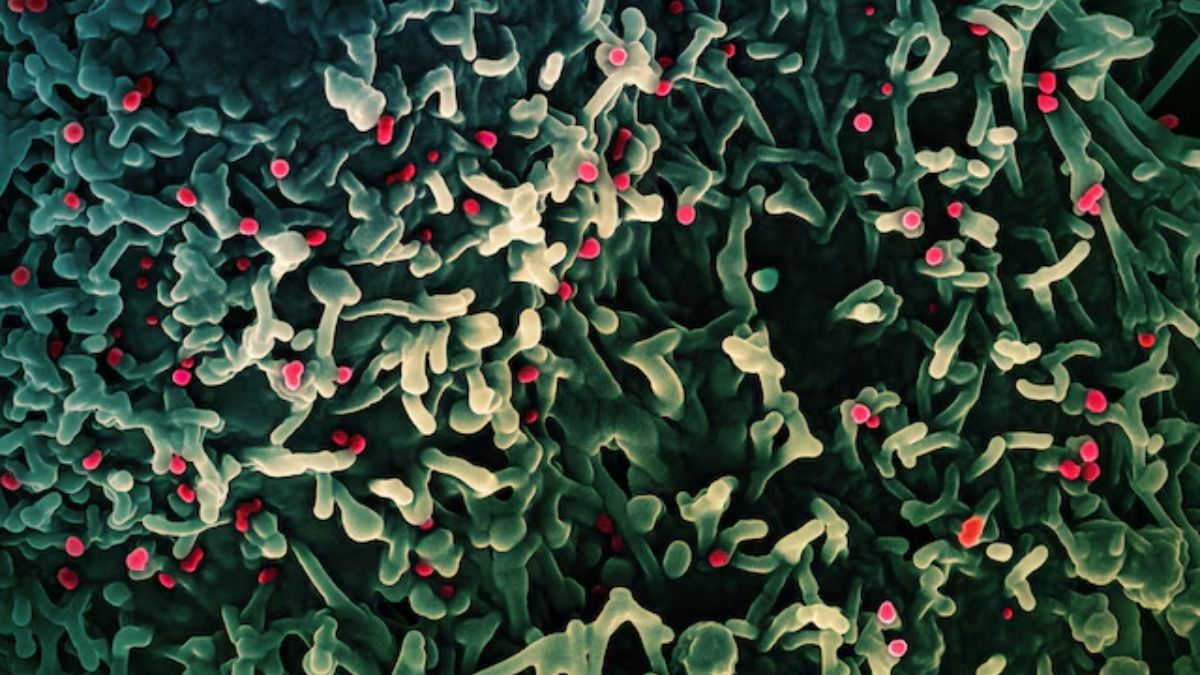The virus can be transmitted from bats to primates, including humans, and then spread through direct contact with blood or other body fluids from infected individuals
read more
Six people have died in Rwanda following an outbreak of the Marburg virus, the country’s health ministry said Saturday (September 29).
Rwanda’s Health Minister, Sabin Nsanzimana, confirmed that about 20 patients are currently being treated for the disease, most of whom are health workers.
Efforts are underway to trace and test those who may have come into contact with the infected individuals, Nsanzimana told local media.
What is the Marburg viral disease?
The Marburg viral disease is a highly infectious hemorrhagic fever similar to Ebola. The virus, which also causes bleeding, and organ failure, is known for its high mortality rate.
Marburg belongs to the filovirus family, which also includes Ebola, and has caused several deadly outbreaks in Africa.
Neighbouring Tanzania reported cases in 2023, while Uganda saw its last outbreak in 2017. The three East African countries share porous borders, raising concerns about cross-border transmission.
How does it spread?
The suspected natural host of the virus is believed to be the African fruit bat, which carries the pathogen without falling ill.
The virus can be transmitted from bats to primates, including humans, and then spread through direct contact with blood or other body fluids from infected individuals.
The virus takes its name from the German city of Marburg, where it was first identified in 1967 in a lab where workers had been in contact with infected green monkeys imported from Uganda.
Since then, fatality rates in confirmed cases have ranged from 24 per cent to 88 per cent, depending on the virus strain and the quality of care, according to the World Health Organisation (WHO).
Is there a treatment for it?
Currently, there are no vaccines or antiviral treatments for the Marburg viral disease.
However, the good news is that experimental therapies, blood products, and early-stage vaccines are being evaluated for their effectiveness.
With inputs from AFP

)





